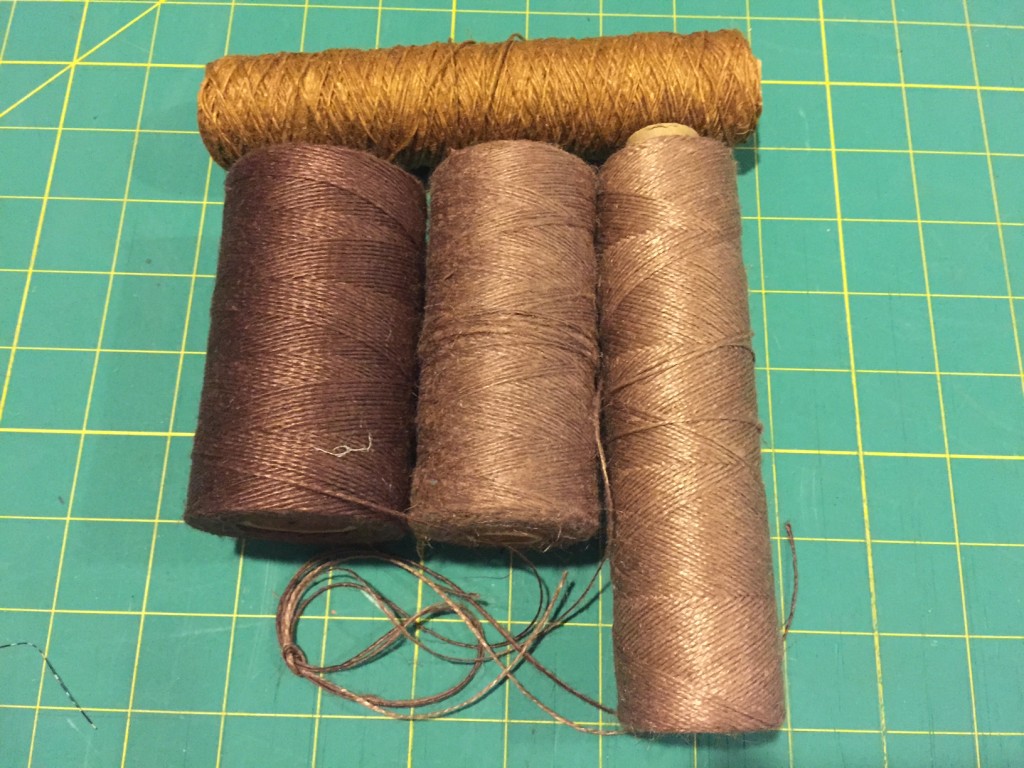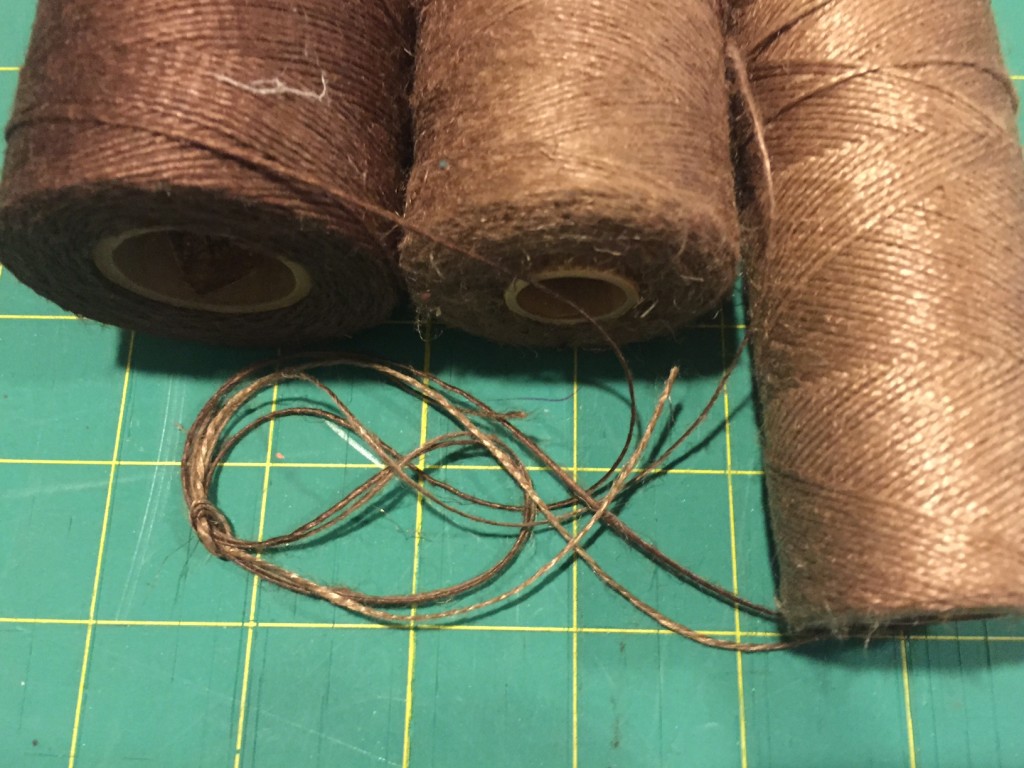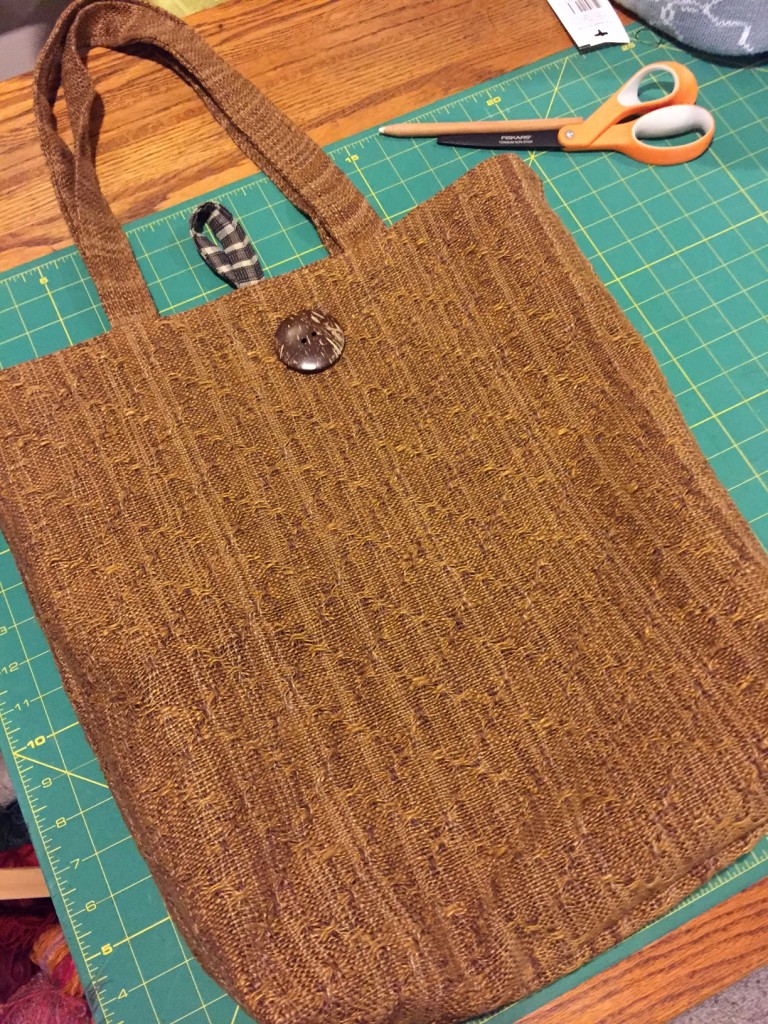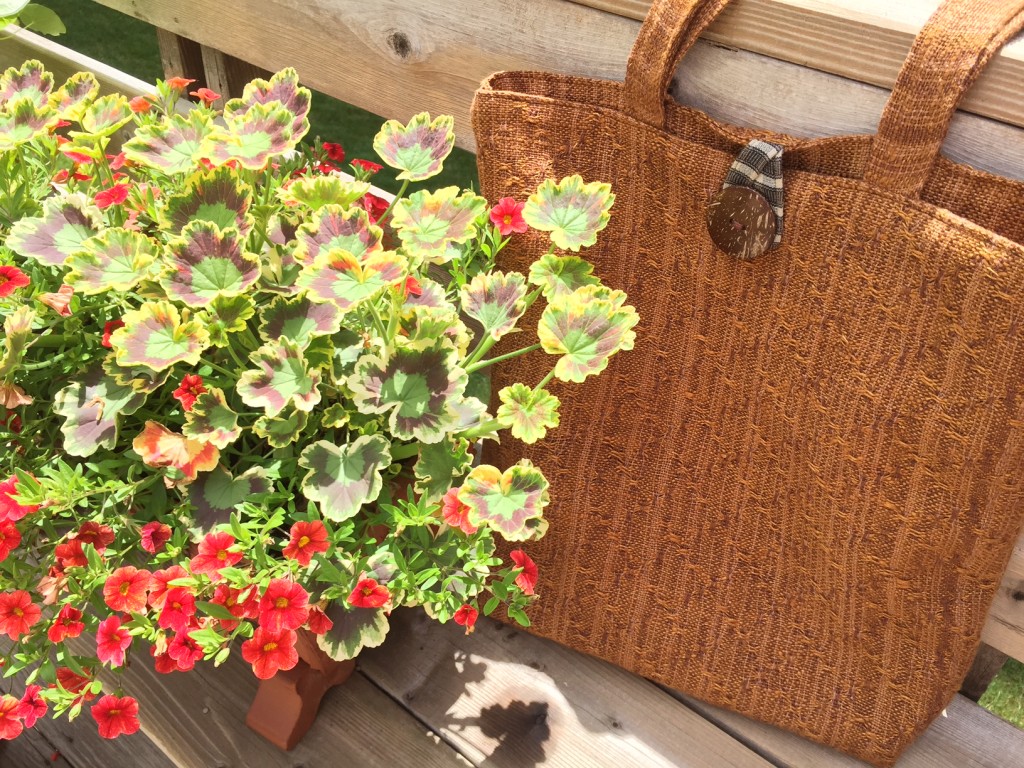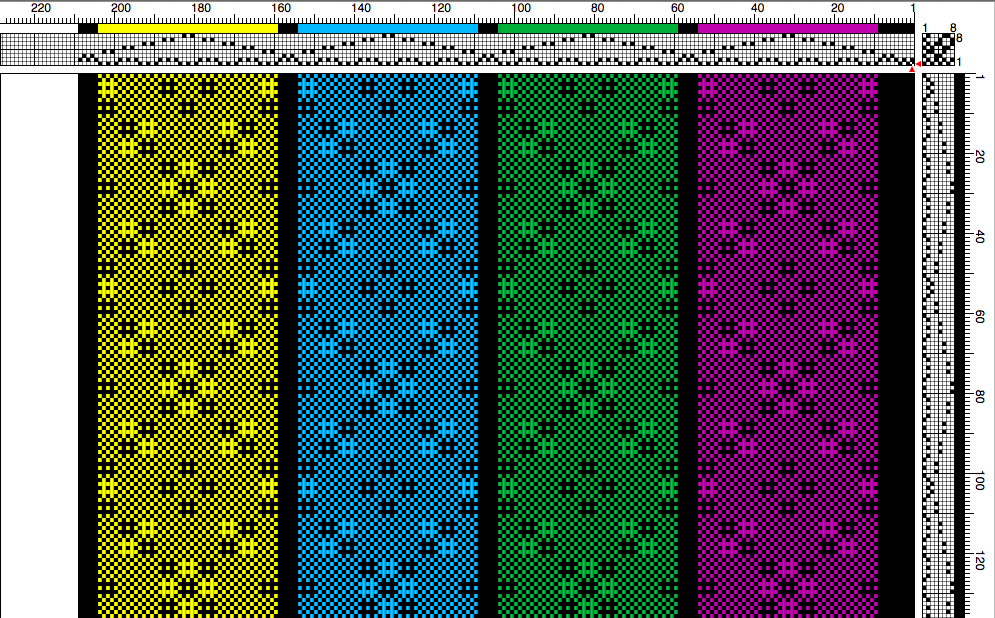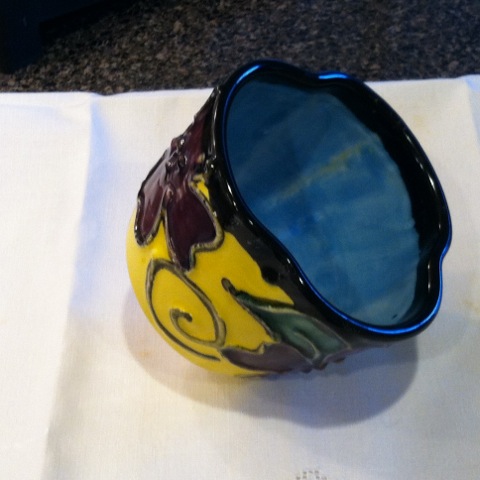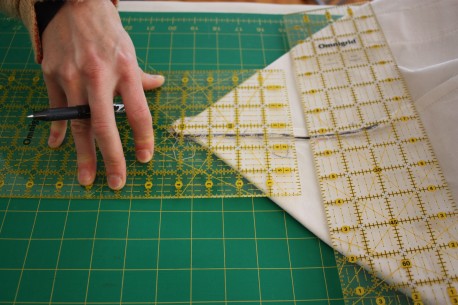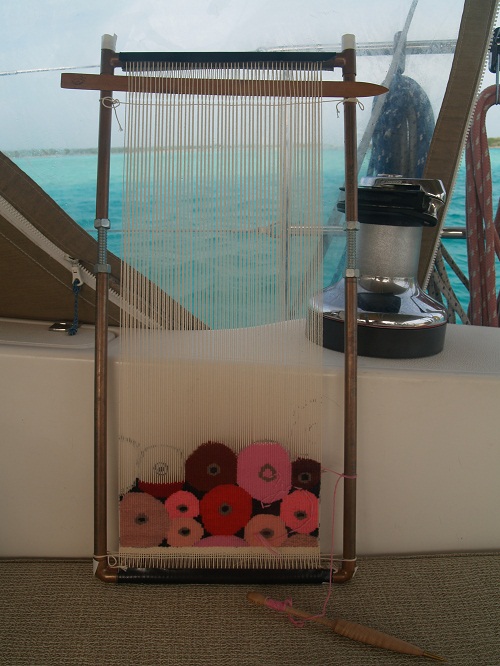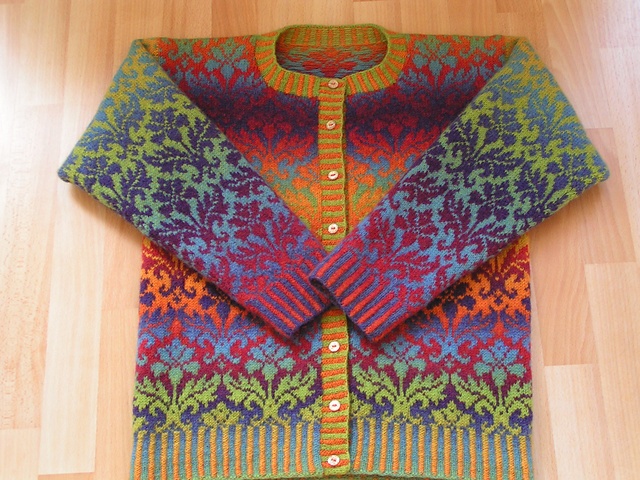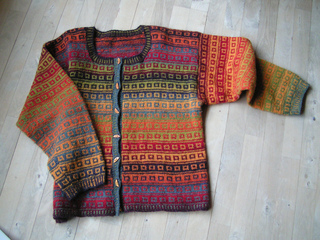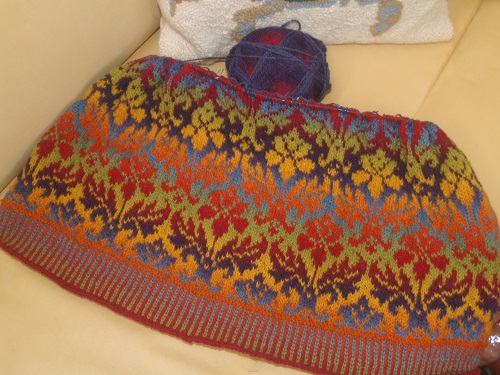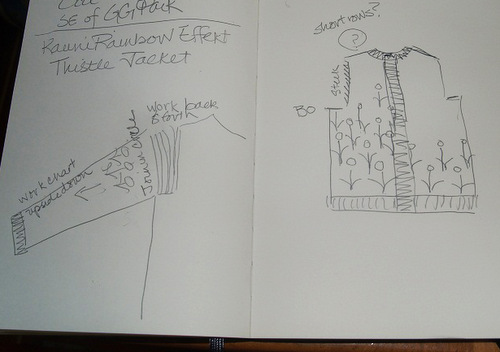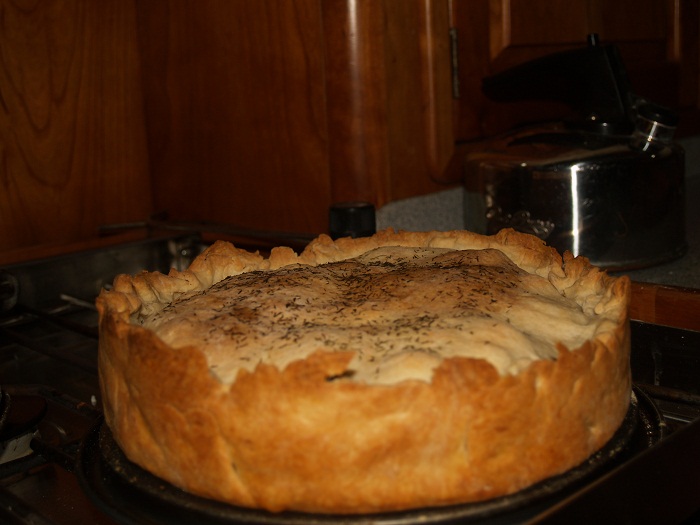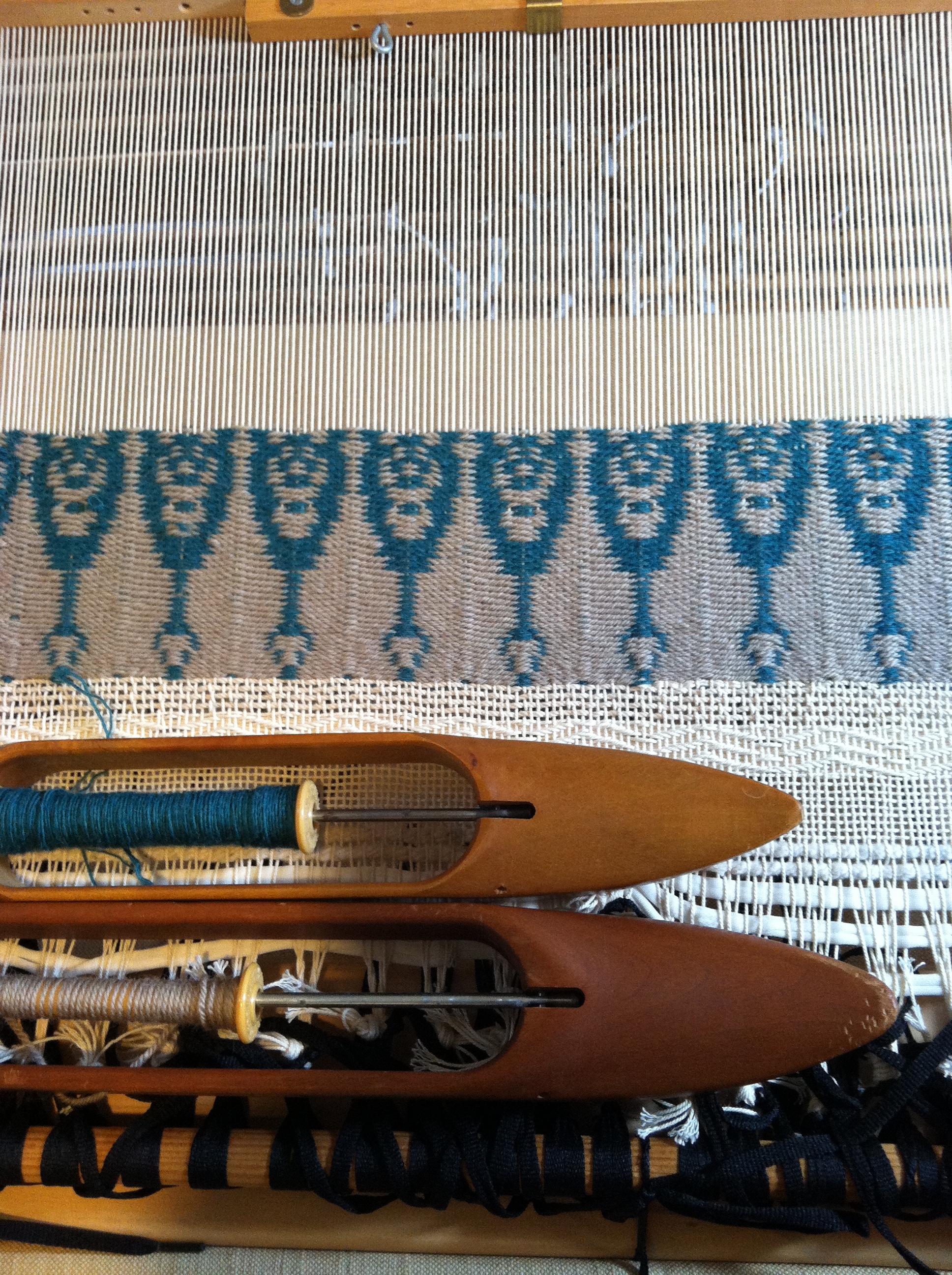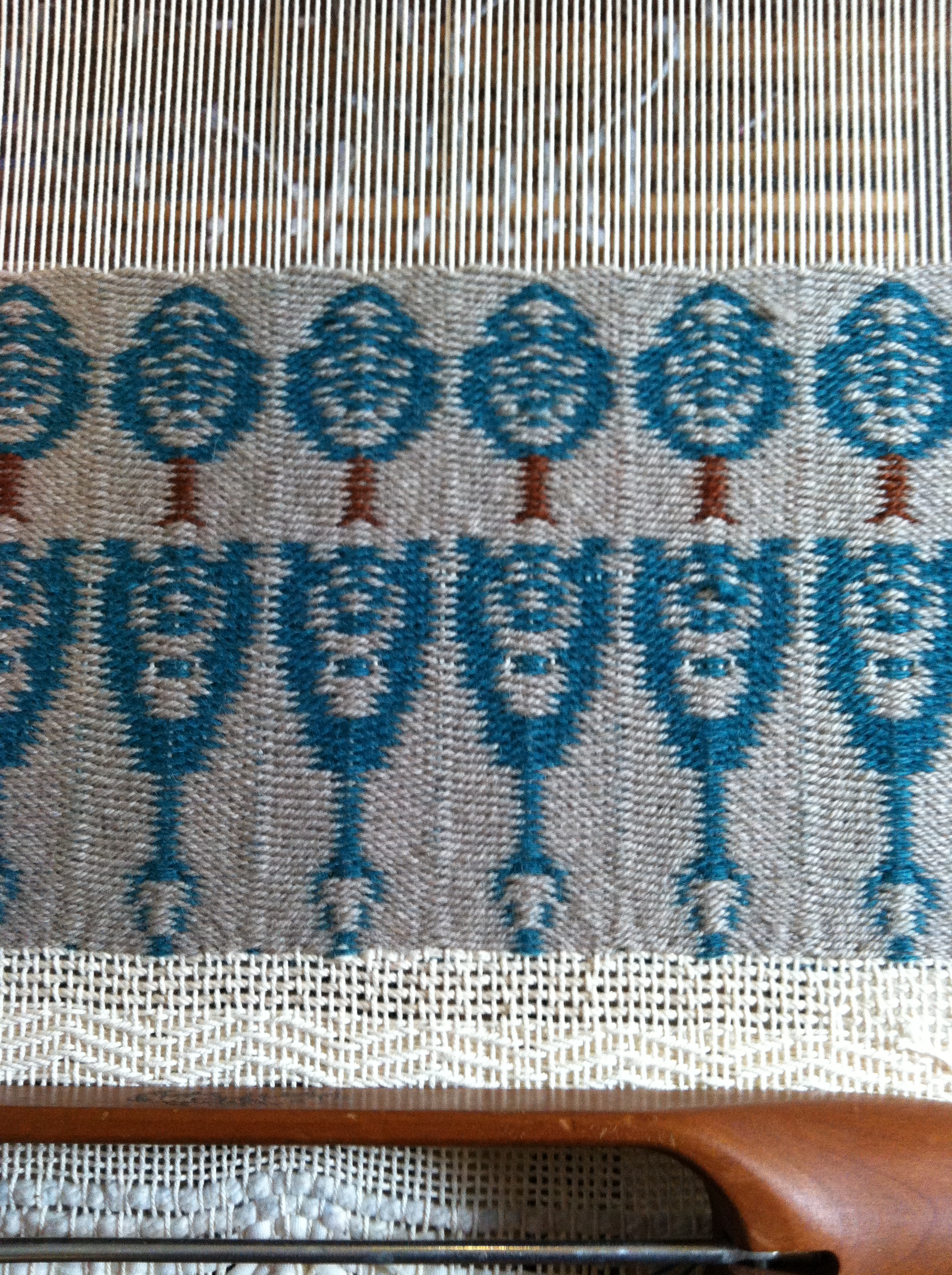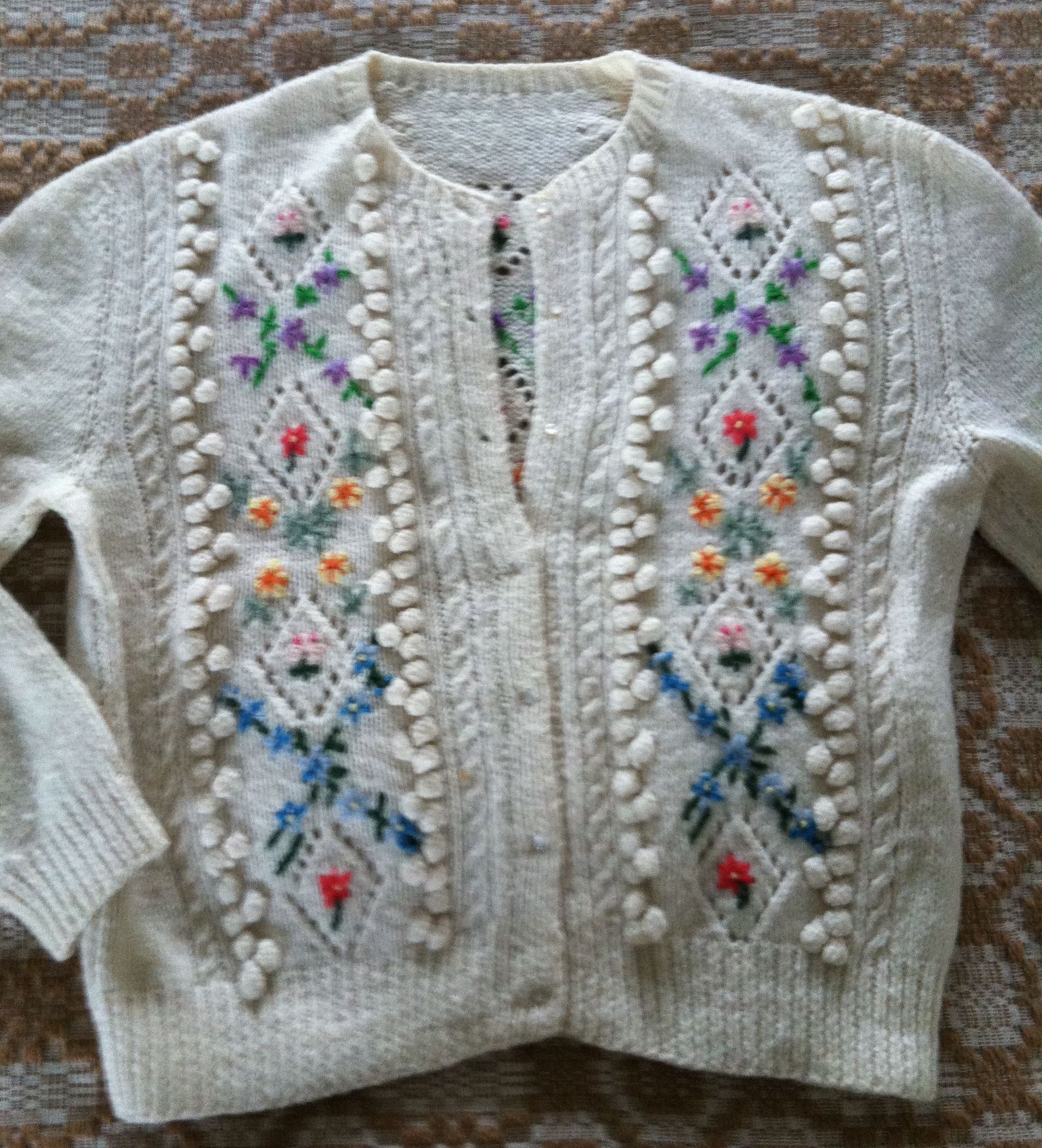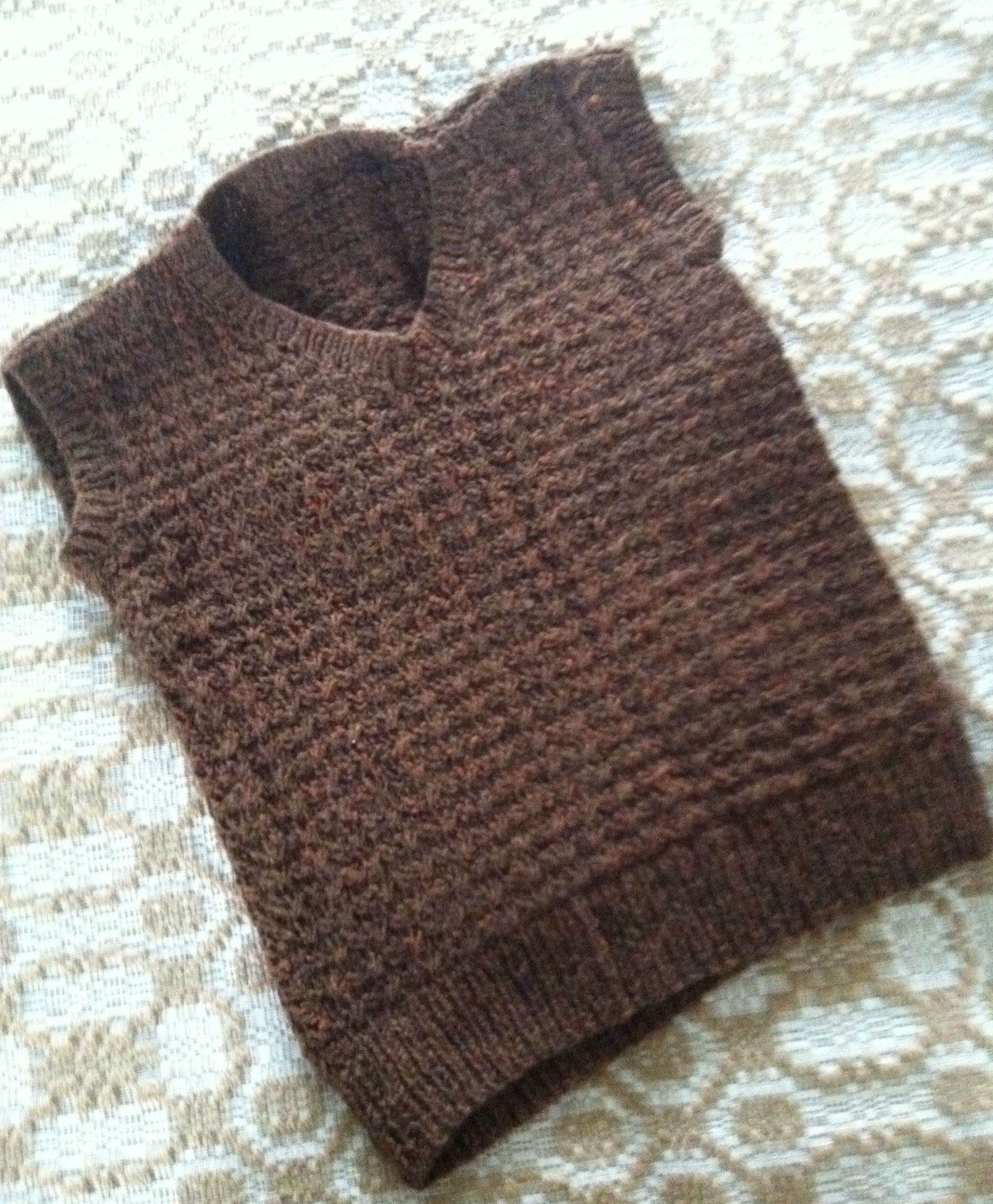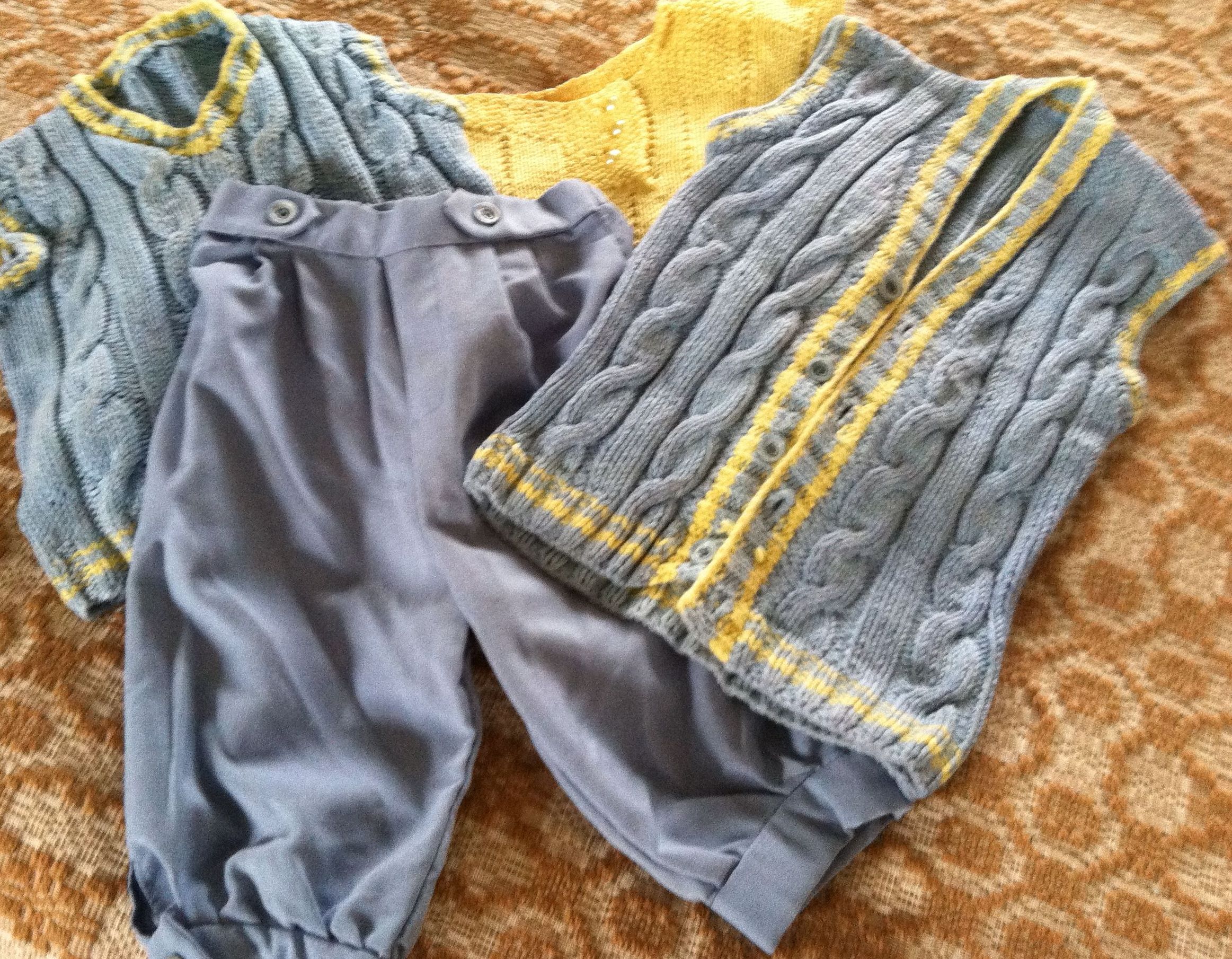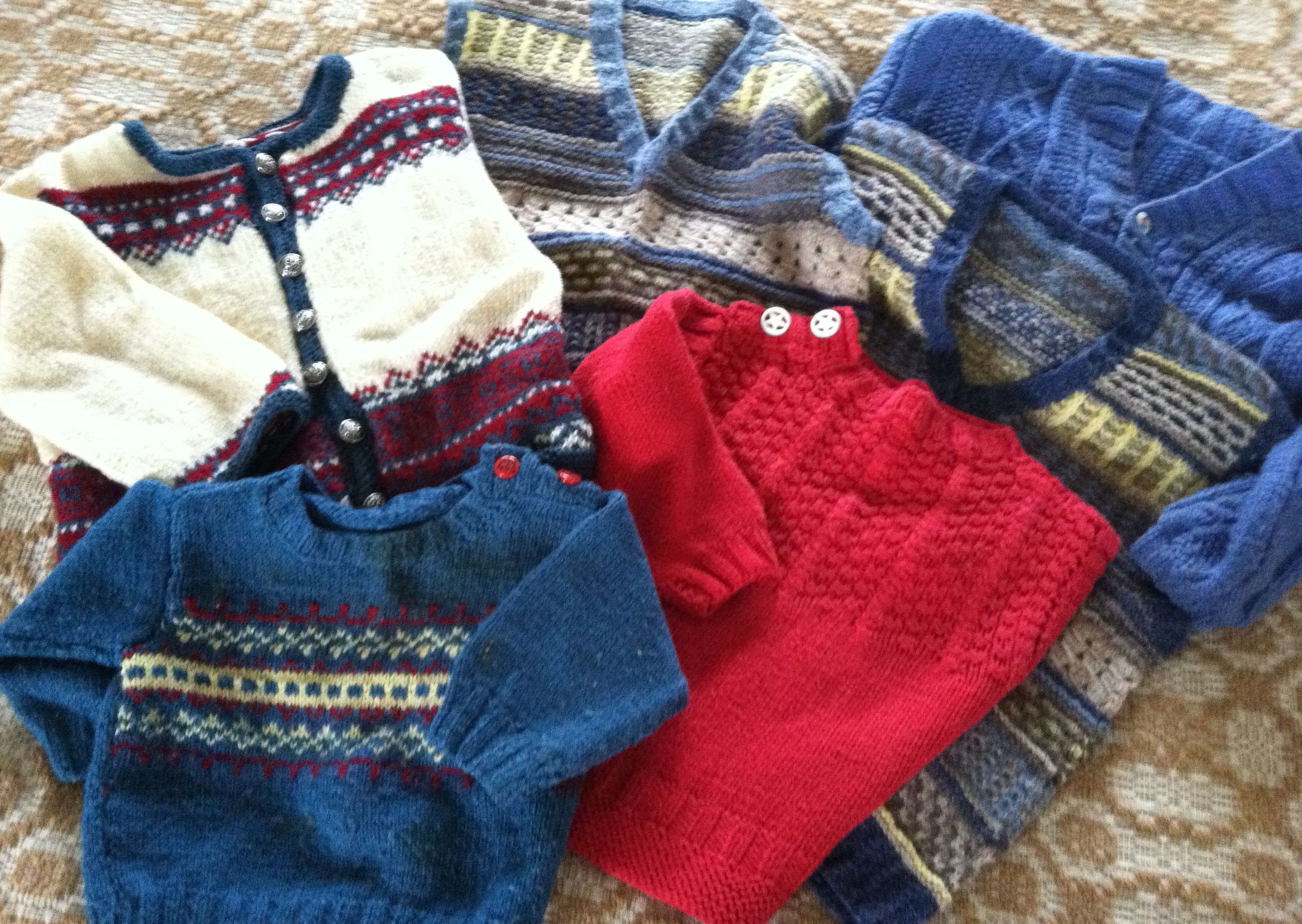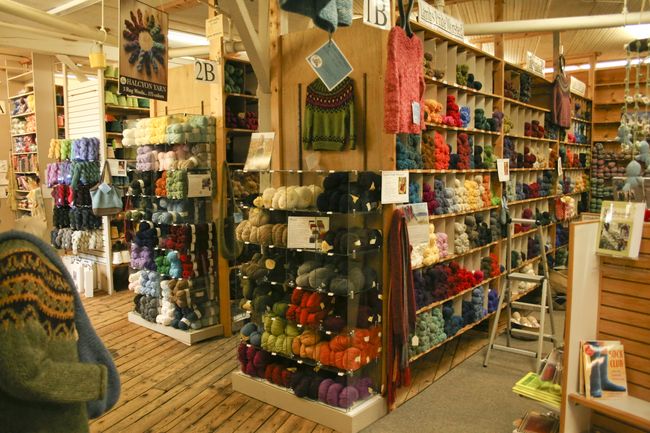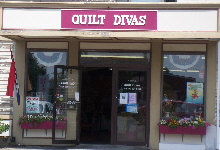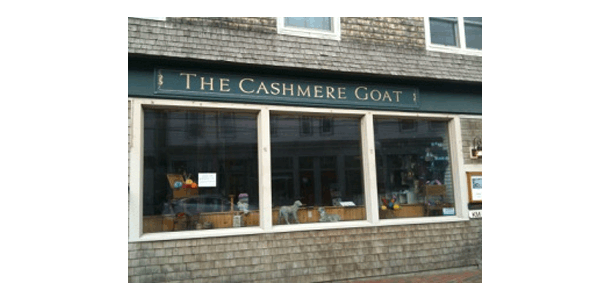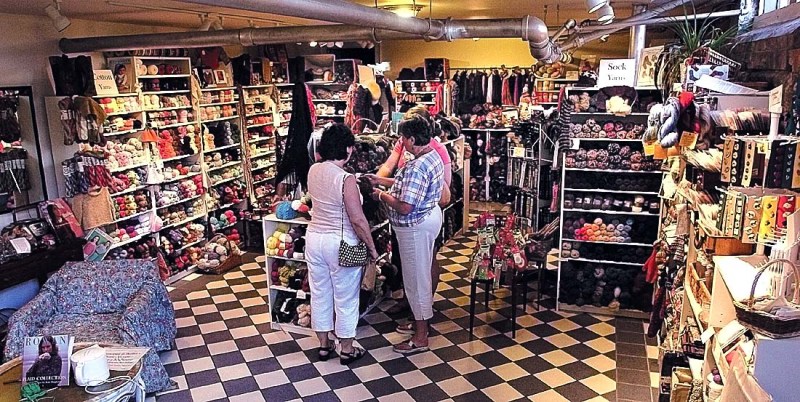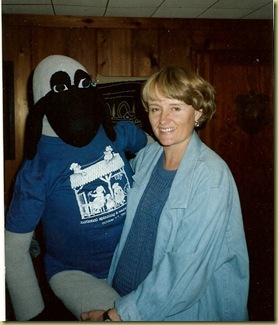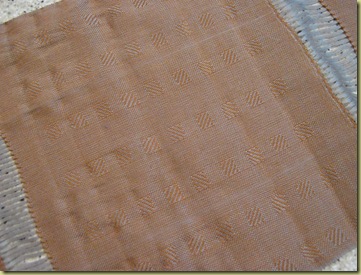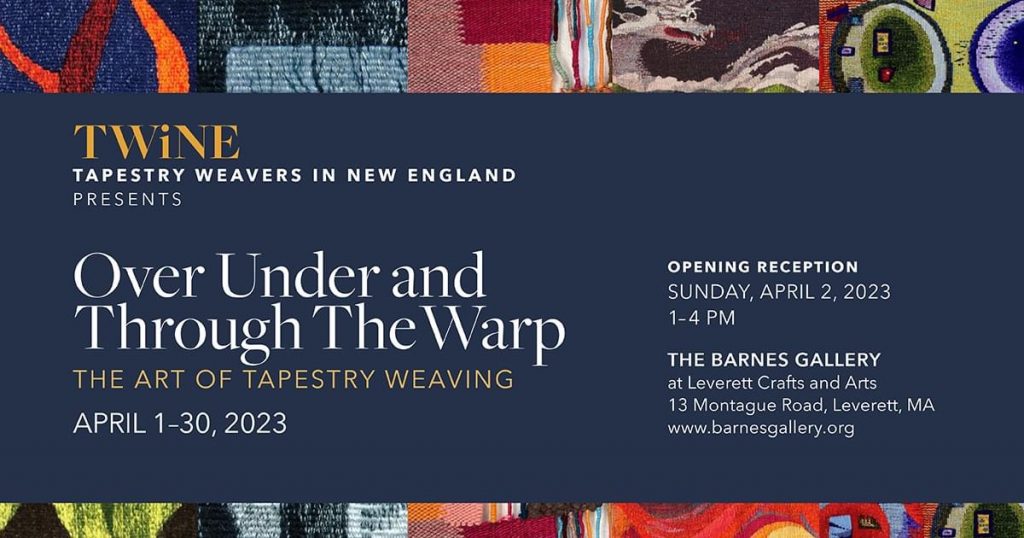Once again, it’s been a month since I’ve posted here, and usually when that happens I’ve been writing posts in my head for weeks and weeks before finally getting to a keyboard. Not this time–I haven’t even thought about posting. Old age? Beginning senility? I’m dancing as fast as I can and the music is still accelerating!
The past month has been quite a confluence of all the facets of my life. Don’t we all have competing interests and obligations that keep us juggling things to try and get just the right mix? Too long without weaving and I become cranky; at the same time too much solitude in my studio and my hermitic tendencies start to drag me down.
The two big June events in my life were Bob’s 60th birthday, which he glided through like a swan. He doesn’t look or act a day older, and he enjoyed getting together with some of his dearest friends to celebrate the landmark. I still have more than 6 months to go, and I am feeling older and older each day. Hmmm….
Last week Bob and another local sailor hosted a large sailing event for the Seven Seas Cruising Association. George and Bob put on a three day conference with speakers and social time, a fancy dinner at a yacht club, and a dinghy raft up on the river. It was a lot of work, but something both men really enjoy. I sort of go along for the ride, although I did have a house full of overnight guests and made some breakfasts and one rather large dinner for 12!
Here we are with in our den with two couples who have helped us immensely in getting used to living aboard. Both of these couples live aboard full time, unlike Bob and I who only live onboard during the winter months. They are truly nomads.
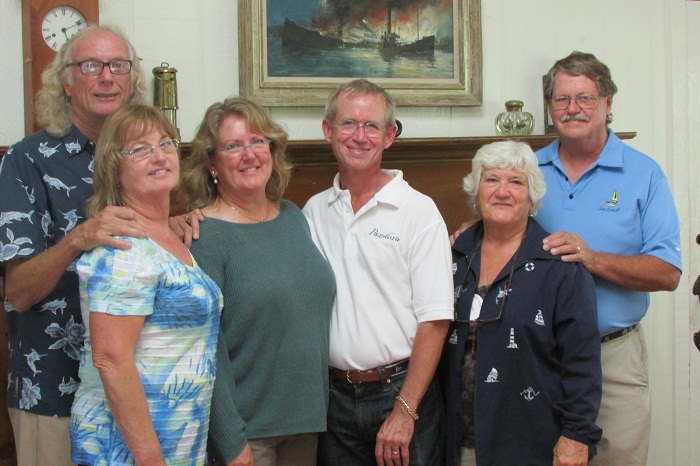
And here is the young man who gives all the live aboards their daily weather information. This is the man who kept us safe through hurricane Sandy two years ago, and has kept us safe through many other storms over the past 3 years! He was our honored house guest for the weekend, and he even used Bob’s office to broadcast his daily weather information over SSB radio. He had some way of connecting to his radio tower in Florida in order to do the broadcast. The amazing Chris Parker:
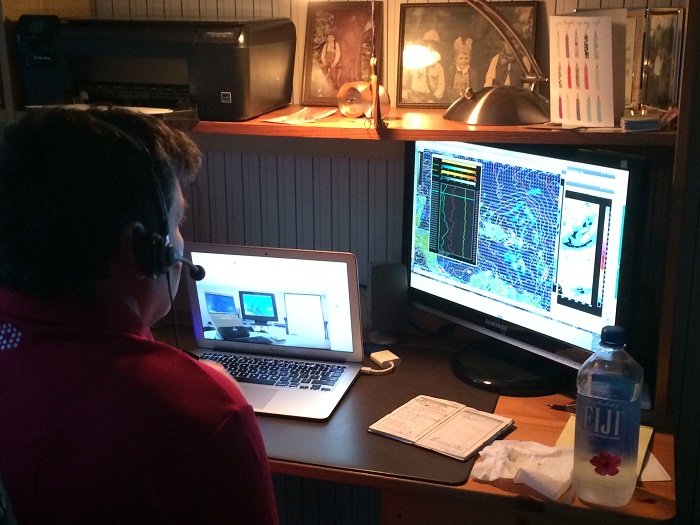
While both these events were fun, I have not had any time to work on tapestry or fabric weaving. I have certainly had some important ‘thought time’ making plans for two projects that I will put on a couple of my floor looms. Hopefully I can finish weaving at least one of these before we leave again at the holidays. More on that in a bit….
After the guests left I turned my attention back to the linen fabric I took off the Baby Wolf about a month ago. I spent some time over the weekend sewing a tote bag. The linen is a medium weight fabric. The warp was a mixture of several colors of a rather thick 2-ply wet spun linen. In the photo below the 3 spools used in the warp are lined up together and the golden colored spool on top is what I used for the weft.
And here is close up of warp threads; you see they are a bit coarse and hairy even though they still have the sheen of wet spun linen.
This is the fabric off the loom in May, drying outside after machine washing. You can see the cutting lines I wove in to help me in making the tote bag. The fabric for the handles and top of the lining is at the top of the photo and is woven in plain weave.
And here is the finished bag.
The draft for this fabric is a blend of plaited twill with huck blocks. It makes plaited huck! How cool is that? I got this draft from Laurie Autio when she gave a talk called “Designing for Block Weaves Using Twills as Profiles” at our guild last fall. This particular design is a 6-Block, 8-shaft structure using huck threading on a base of plaited twill.
My warp was threaded at 12 epi and woven to square. The fabric is close to burlap weight, but not nearly as open as burlap. I am very happy with it. If you weave this structure with a lot of color contrast between the warp and the weft you’ll get a good contrast between the plaited elements, those that go over and those that go under. I am more a fan of subltety, but the downside is that you probably cannot see the plaited effect in my photos. I also blurred the woven effect by using multiple colors in the warp. This is just my preference. It would be quite dramatic woven in two very contrasting colors.
I plan to write up the procedures for weaving this project very soon. Stay tuned!

